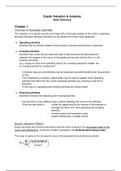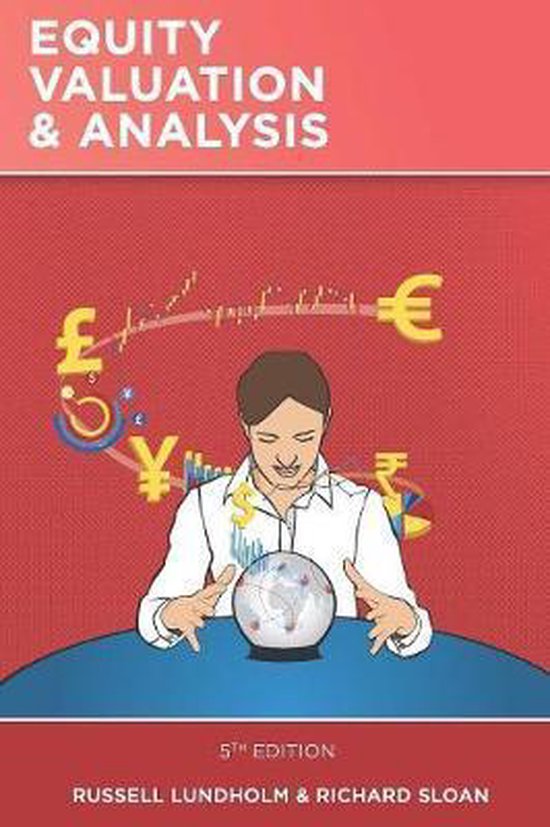Samenvatting
Financial Statement Analysis & Valuation - Book Summary
- Instelling
- Tilburg University (UVT)
This document is a summary of the book 'Equity Valuation & Analysis' by Lundholm & Sloan, used in the course 'Financial Statement Analysis & Valuation' in the Master Accountancy, Tilburg University. The document includes useful tables, pictures etc. and covers all the chapter required for the cours...
[Meer zien]





